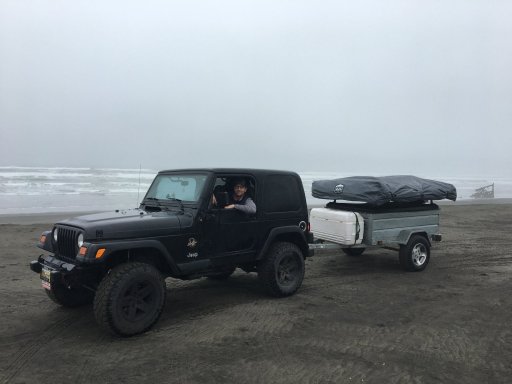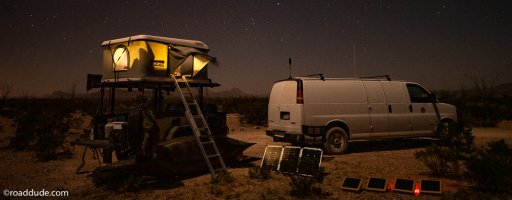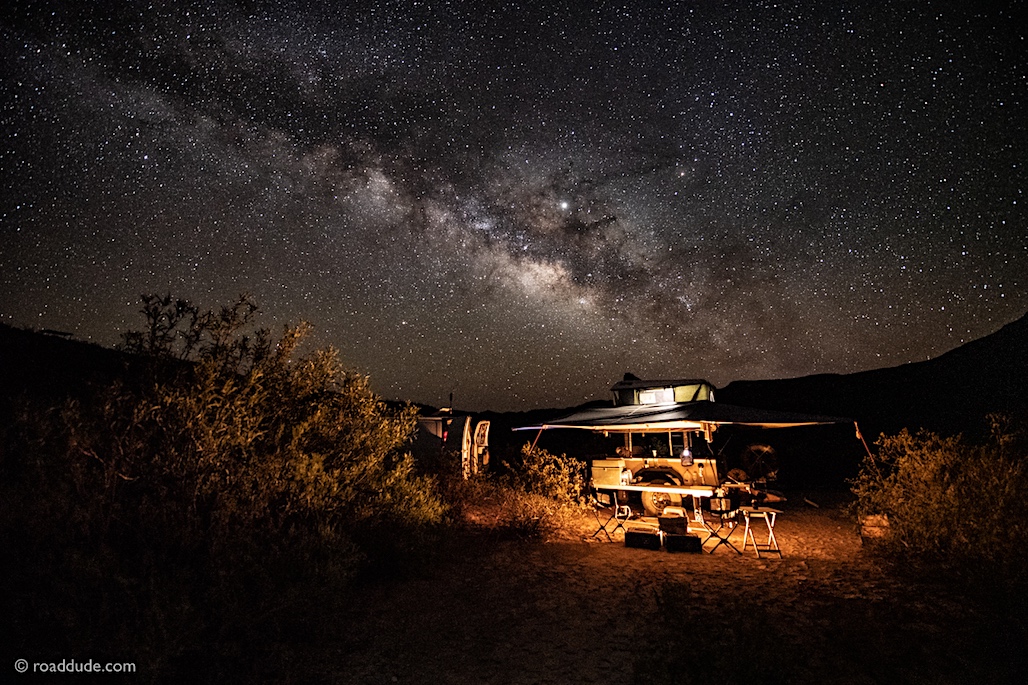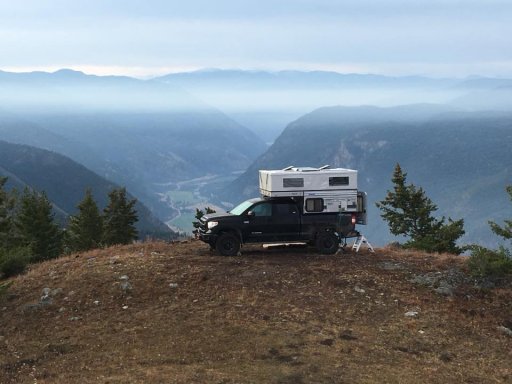.
What I've found in using my hardshell RTT extensively--over 600 nights out actually in weather from sub-freezing to over 100ºF--is that cross-ventilation--even on the coldest of nights--does far more in preventing condensation accumulation than does a mat or most other solutions. Closing up your sleeping space completely from any air movement contributes greatly to moisture conditions from your own breathing, and increased condensation as a result.
Additionally, for expanded spun polymer mats to work best, they need air moving through them. That doesn't always happen well with wall to wall mattress and bedding in a RTT.
My backcountry experiments with different methods proved over and over that leaving my end windows and entrance door zipped down a few inches from the top, on even the coldest of nights, has resulted in no condensation under my cheap foam mattress. That creates a cross-ventilation up high in the sleeping area, not a draft at sleeping level and, in my experience, has all but eliminated condensation, especially under the mattress. No purchased anti-condensation mat under the mattress and only a sleeping bag and
jungle blankets on top of me.
I have woken up in the middle of extreme cold nights with a bit of condensation on
top of all my bedding, though usually only when my head has been turned and I'm sort of breathing into the bedding. Though it dries quick, has never contributed to mildew, and I've found no condensation under the mattress. I *hate* mold and mildew, and from my time as a certified home inspector know how problematic it can be, especially in an enclosed environment.
For what it's worth, here's how my RTT bedding setup has evolved, in order from bottom up:
- cheap 3" foam mattress that came with the RTT
- a simple sheet, fitted or tucked in all the way around the mattress. The too-tight zippered fitted sheet it came with is a royal PIA to use, so I usually don't.
- a big old comforter for extra cushion and so I don't bottom out if turned on my side. I prefer cotton and cotton/poly, not slippery material, and not overly lofty. Just a good ol' regular comforter.
- I sleep on top of the comforter in a sleep sack, though a sheet would be just as good. I
really like the
sleep sacks I use and keep two, one for the van and one for the RTT so I don't have to move stuff. All my RTT bedding stays in the RTT full time. They're cheap, easy to hand wash in camp if needed, and dry super quick. MUCH easier to clean a sleep sack than a whole sleeping bag or sheeting. They're a thin, comfortable, pocket-sized satiny sleeping bag liner, very comfortable and commonly used when traveling and staying in hostels or hotels a lot. I love it. Nothing quite as nice as climbing into a clean bed at the end of a long day outside.
- Cheap Coleman sleeping bag over me and the sleep sack, laid open and unzipped. I think mine is rated to 40ºF or something, not a super-rated cold weather bag. I like it open so I can move around more easily through the night, even in the sleep sack.
- Jungle blankets. The chillier it is, the more
jungle blankets are used, just spread out full width on top of the sleep bag. I keep three up in the RTT for sub-freezing nights. They're amazing in how well they insulate, with some sort of new-tech fiber. They pack small, too, so I'm able to pack them easily for overnights with canoe or bike, too.
All sounds more complicated than it is, and takes more time to describe than to actually do. With the set up as described above, and sleeping with socks and a knit cap and no tight clothing, sometimes no clothing, I'm as comfortable and warm as I want to be. No heater, no moisture problems, lots of clean fresh air.
I wake up eager and excited to get up and get out there; not sore from being curled up tight all night, or cranky from lack of sleep.
That's what it's all about; reducing/eliminating the problems and hassles of adventure so you have a better, and more, time enjoying yourself.
Stay safe, stay clean, stay healthy!
View attachment 151347
.
Roaddude - Traveling Photographer/Writer/Artist On the Road In North America. Gear, reviews, people, places, and culture.

roaddude.com














